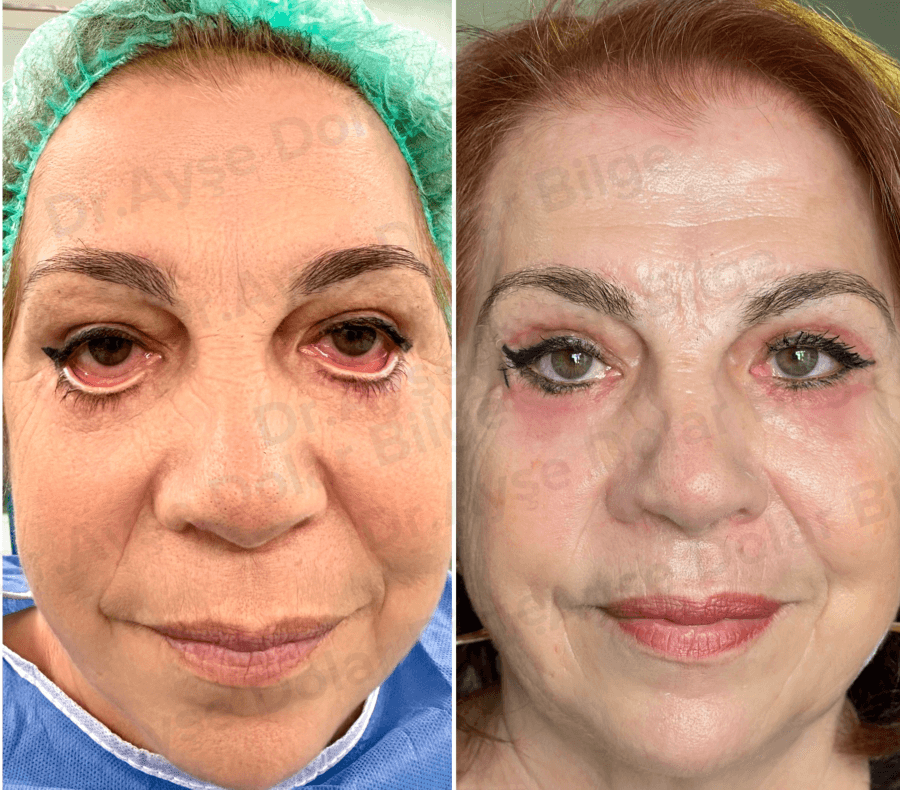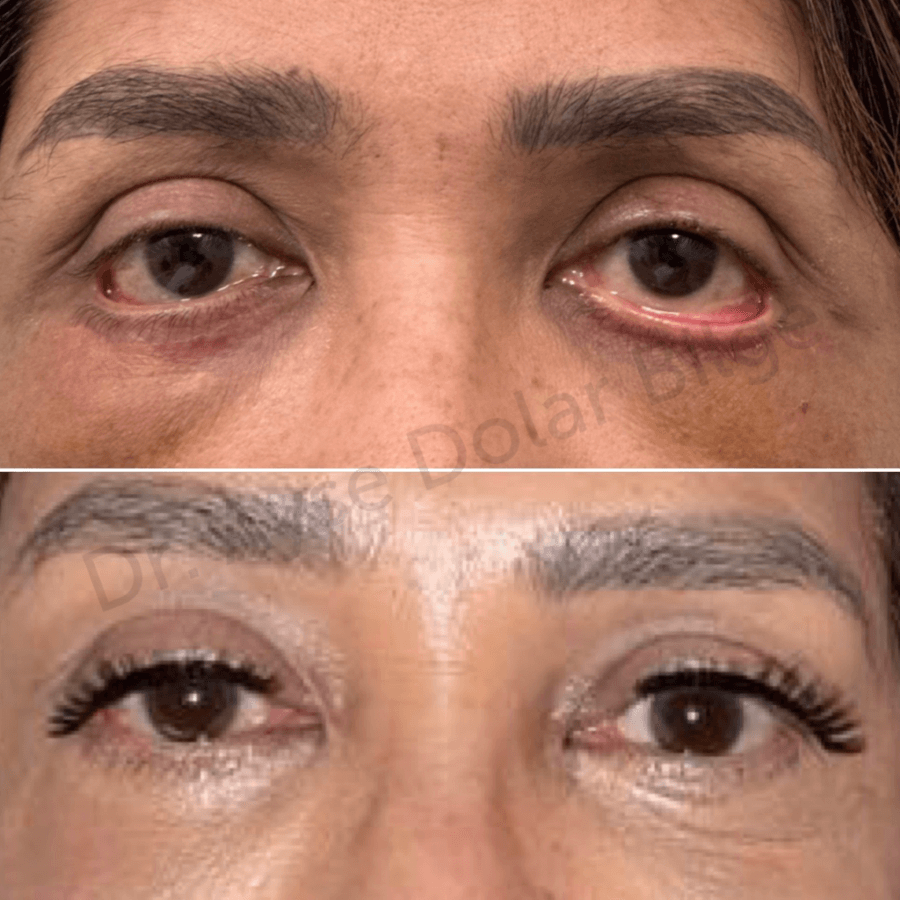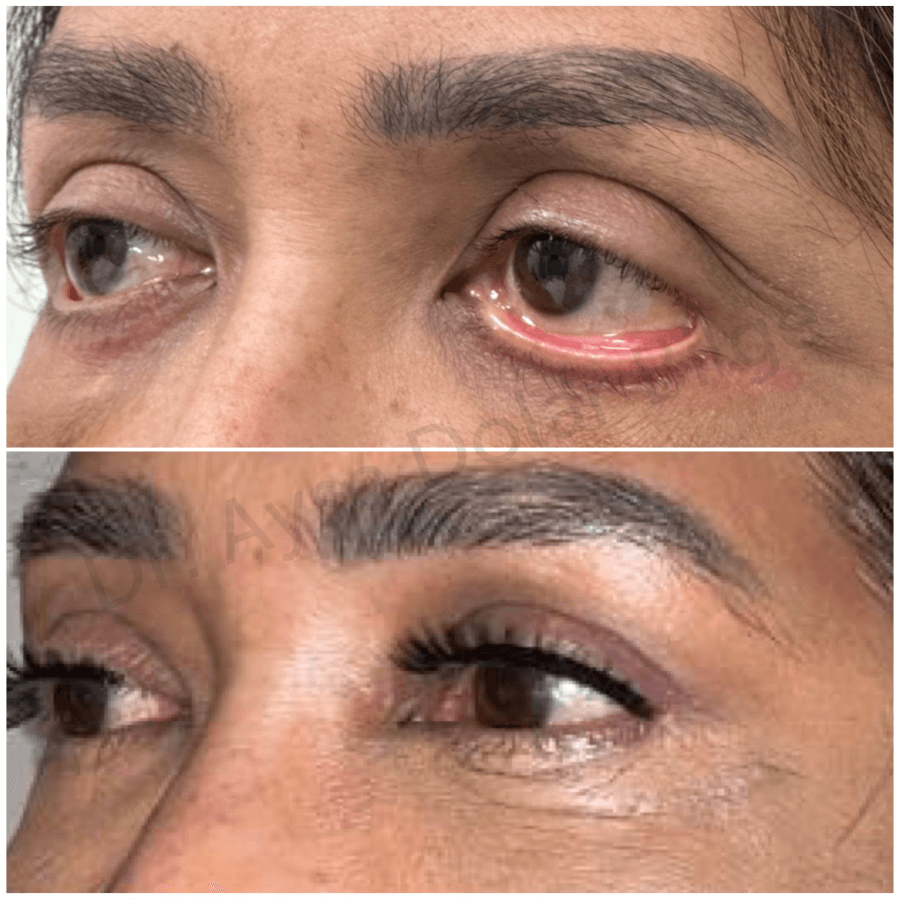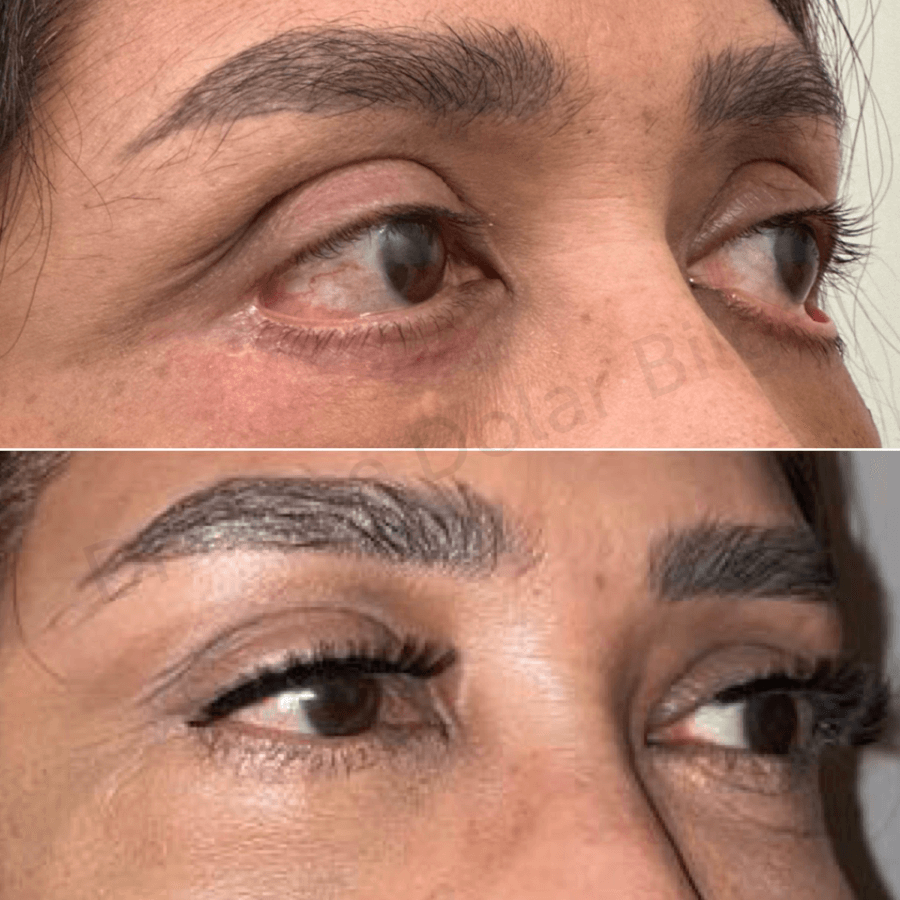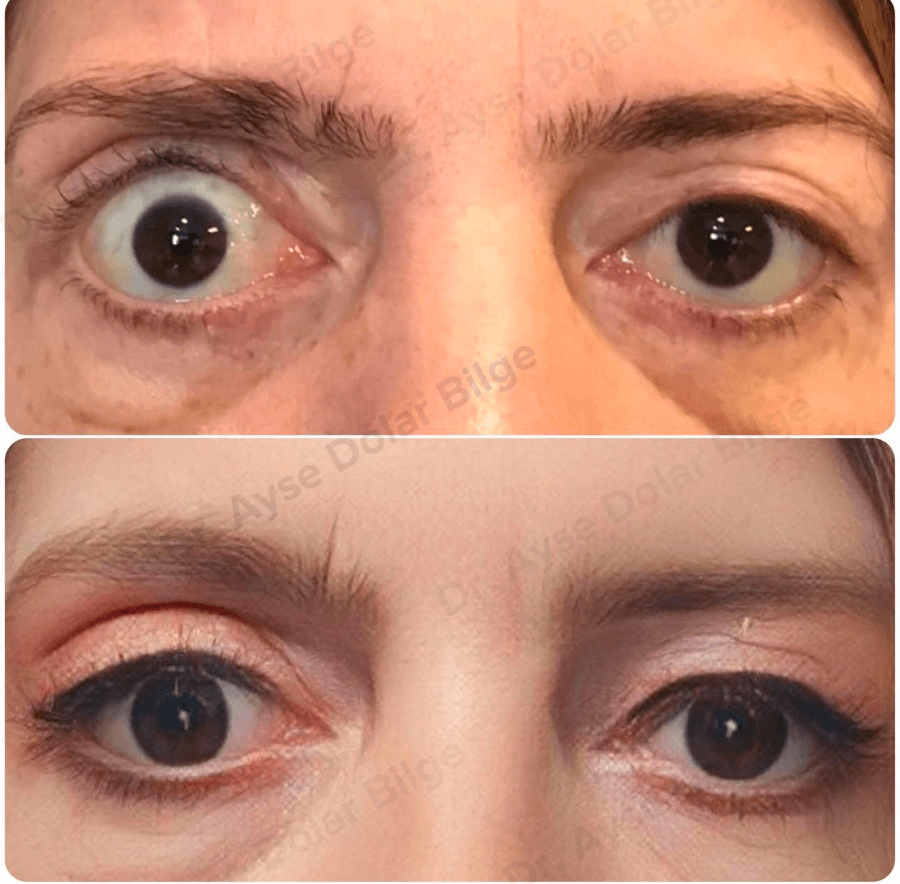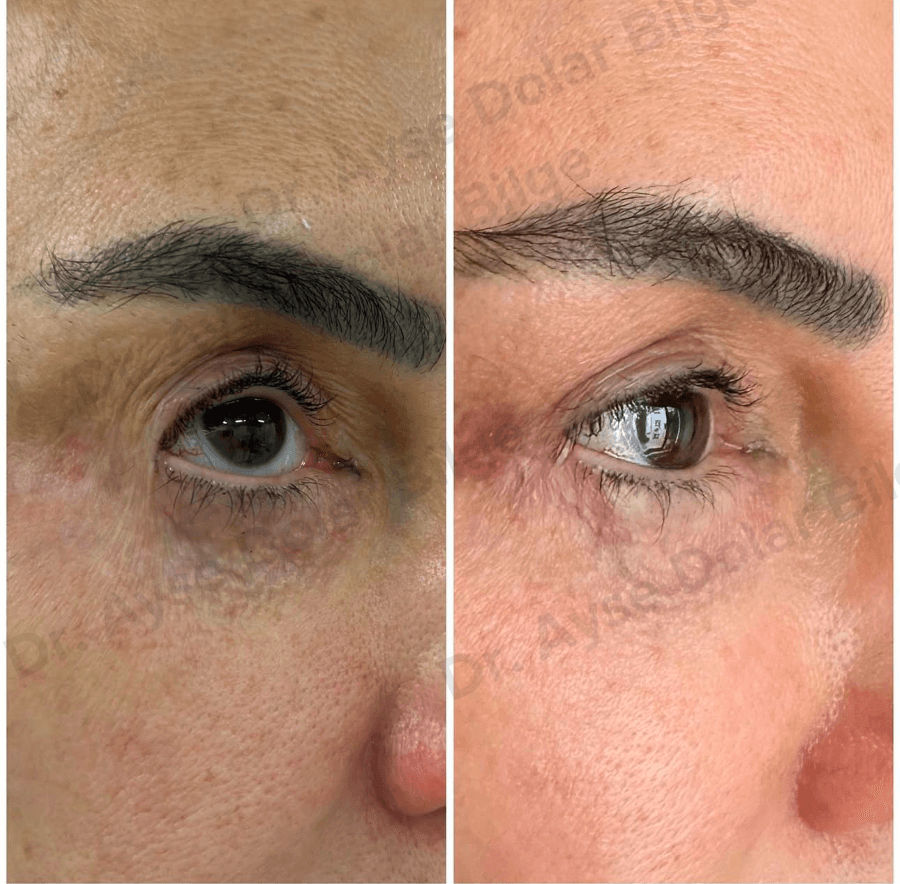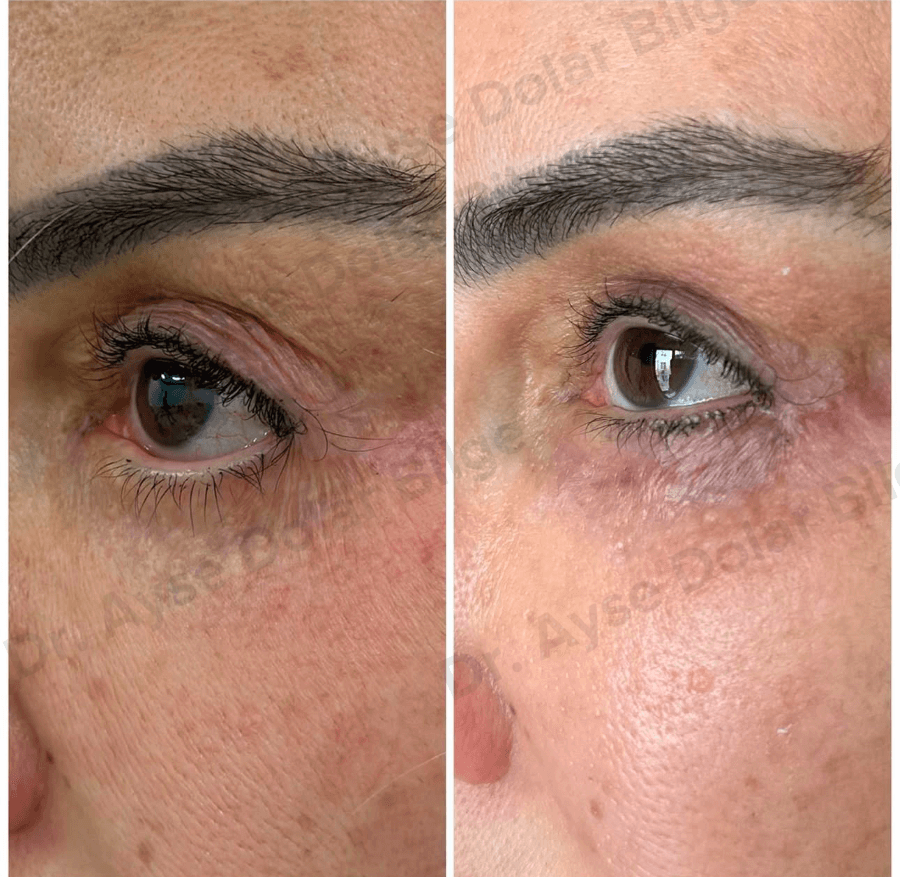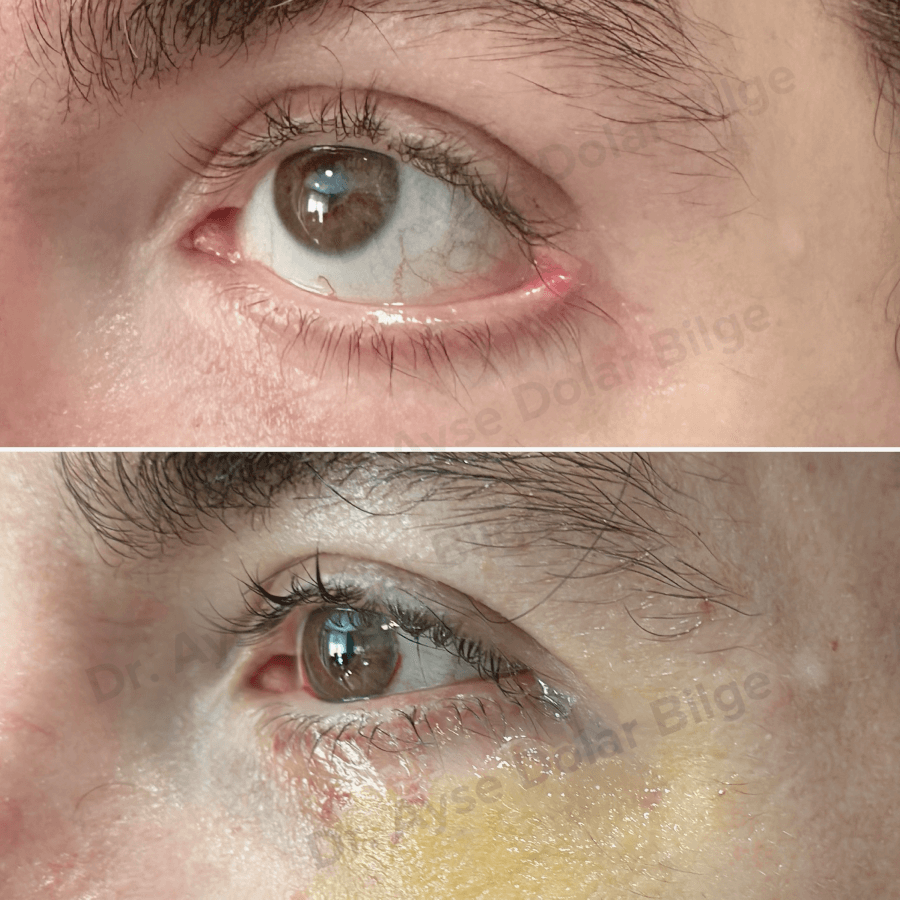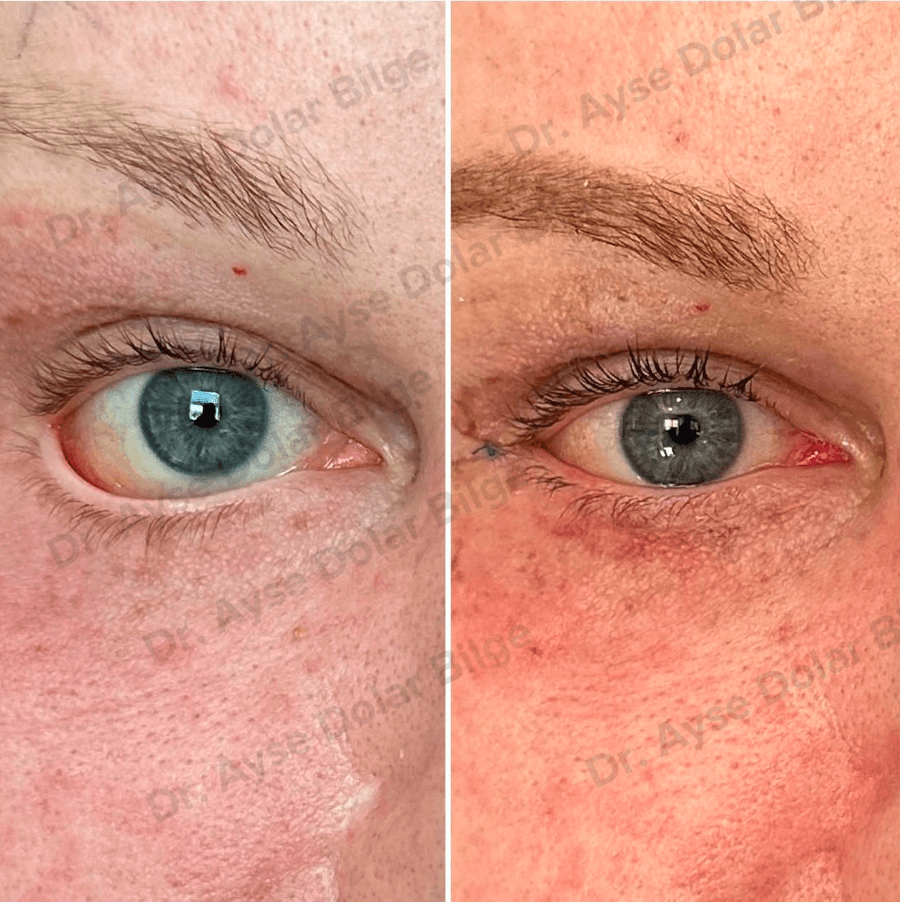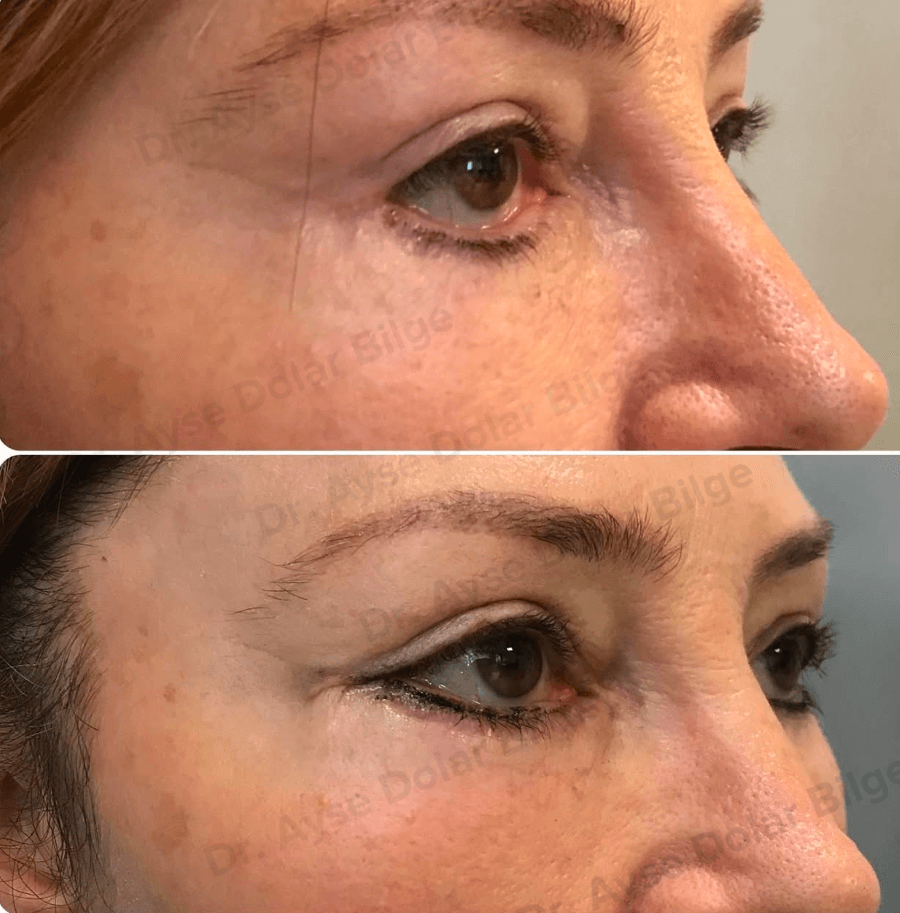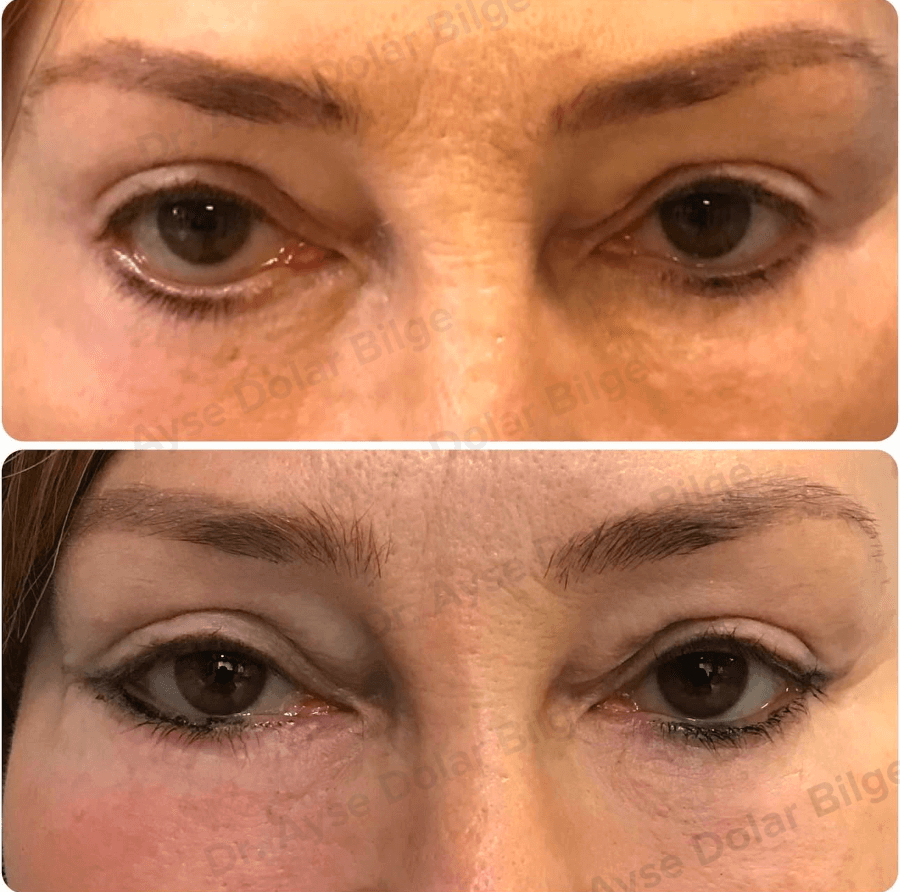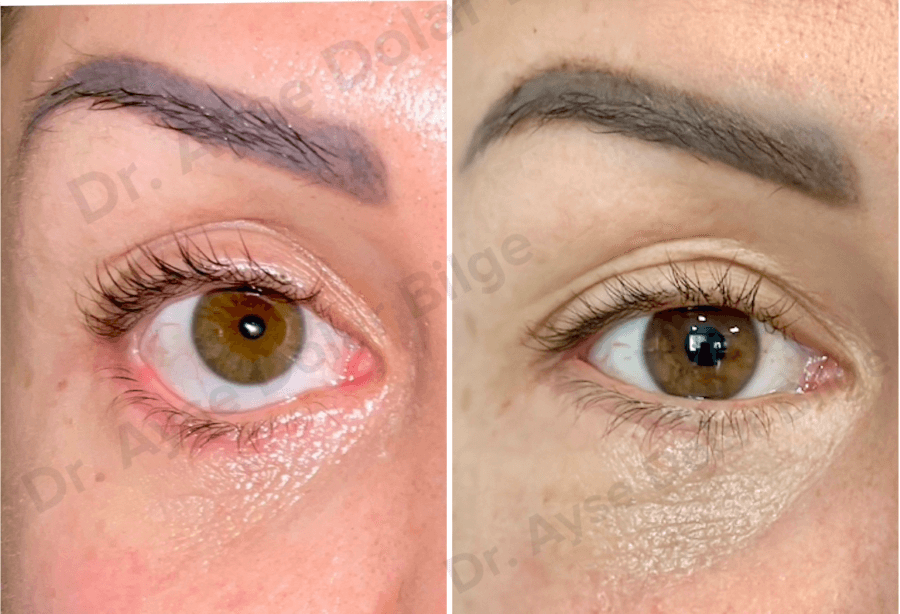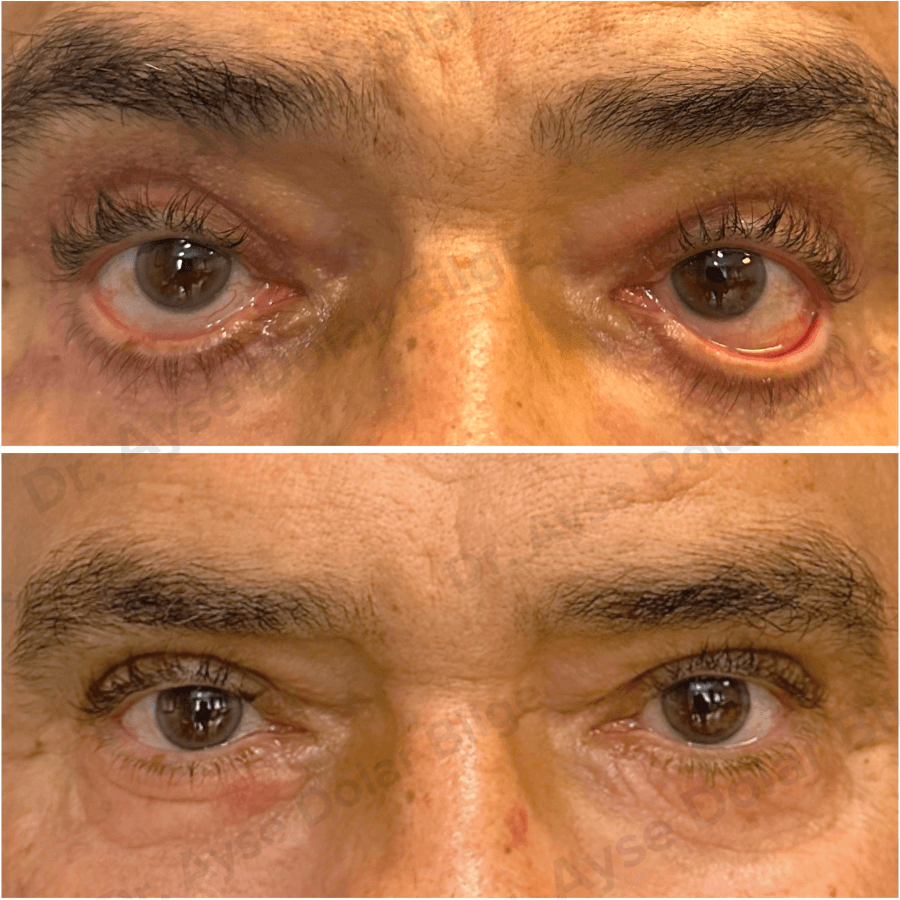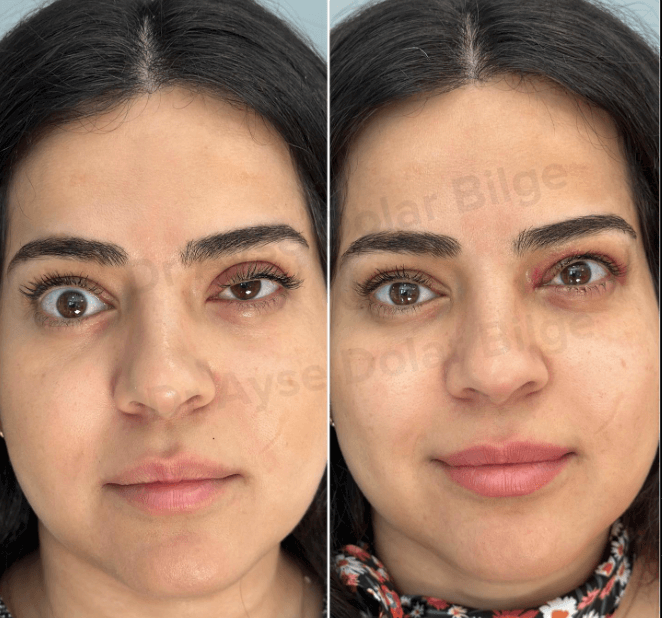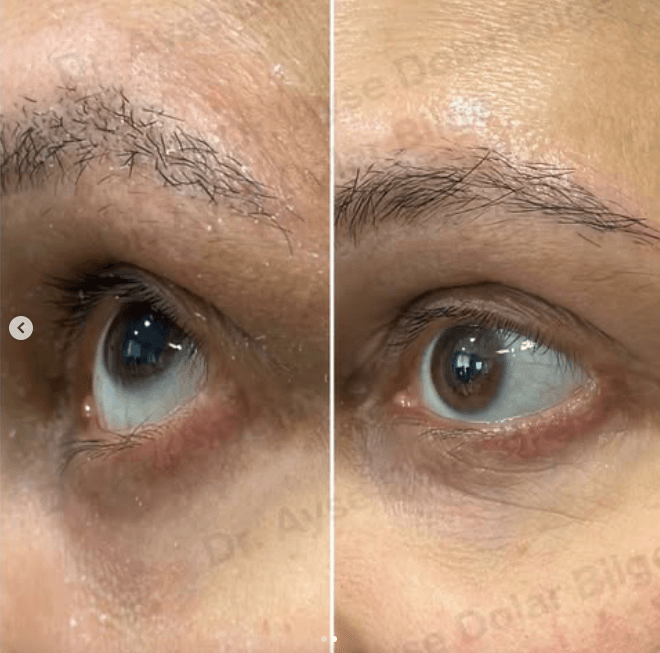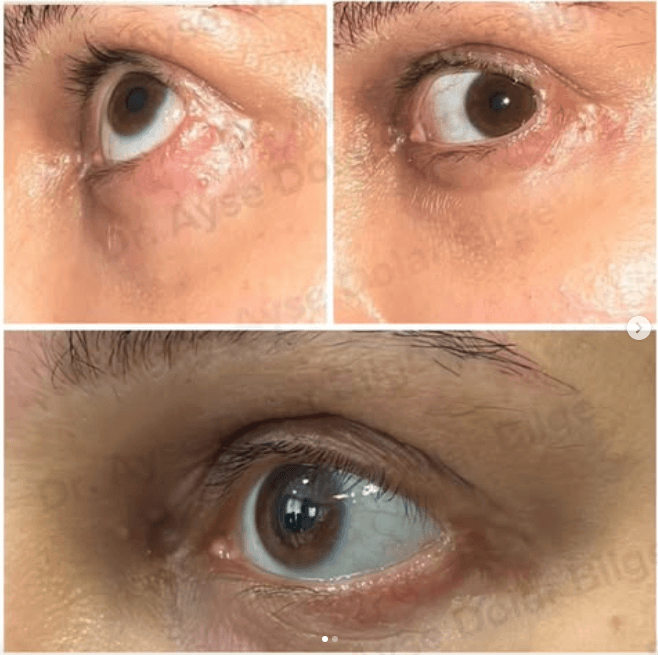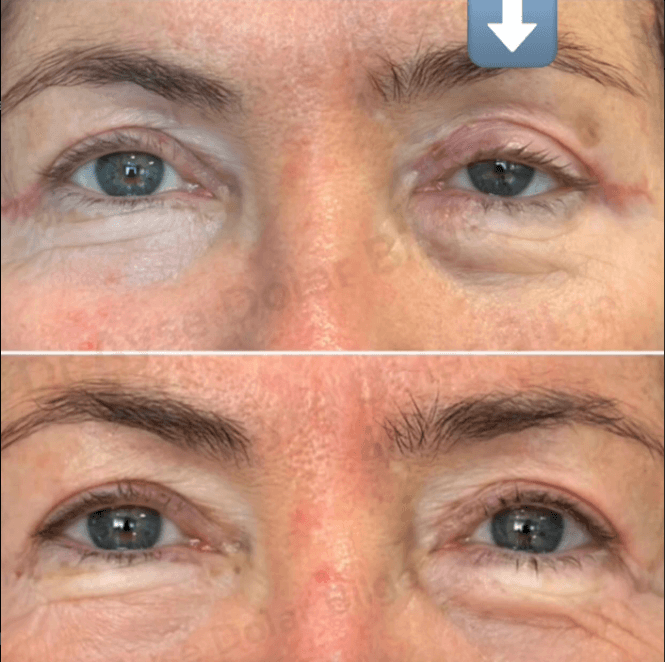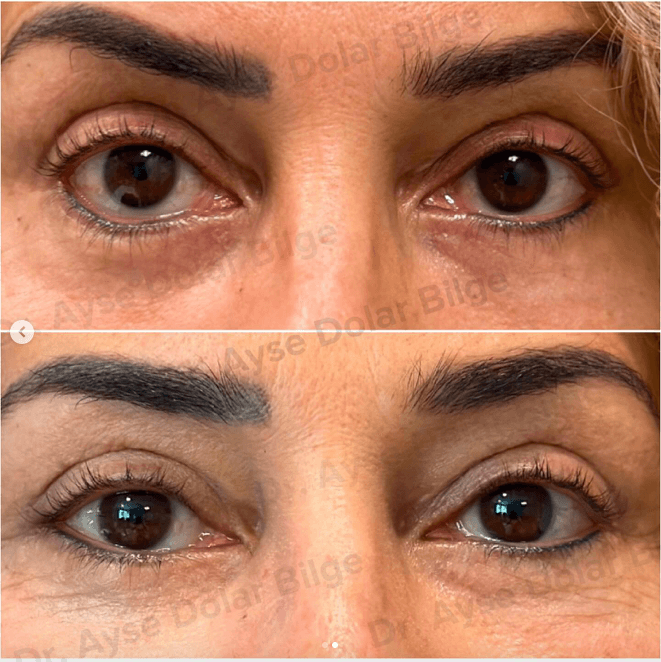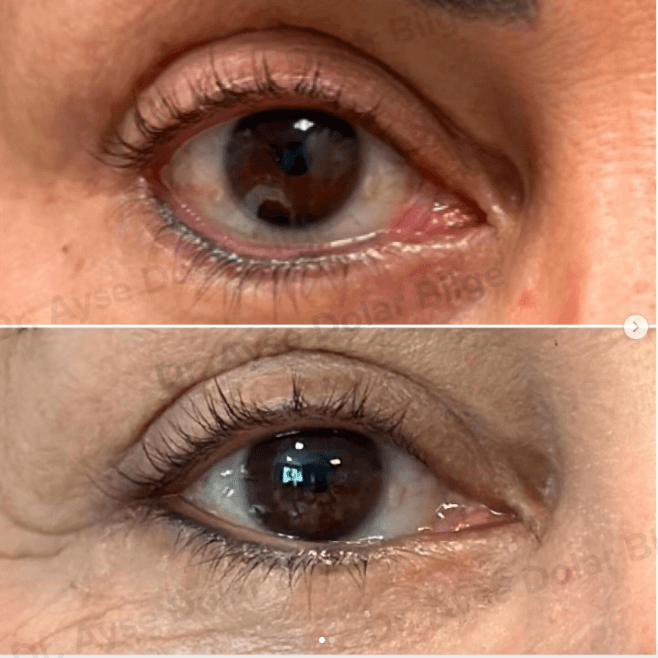Blepharoplasty (Eyelid Surgery) Turkey
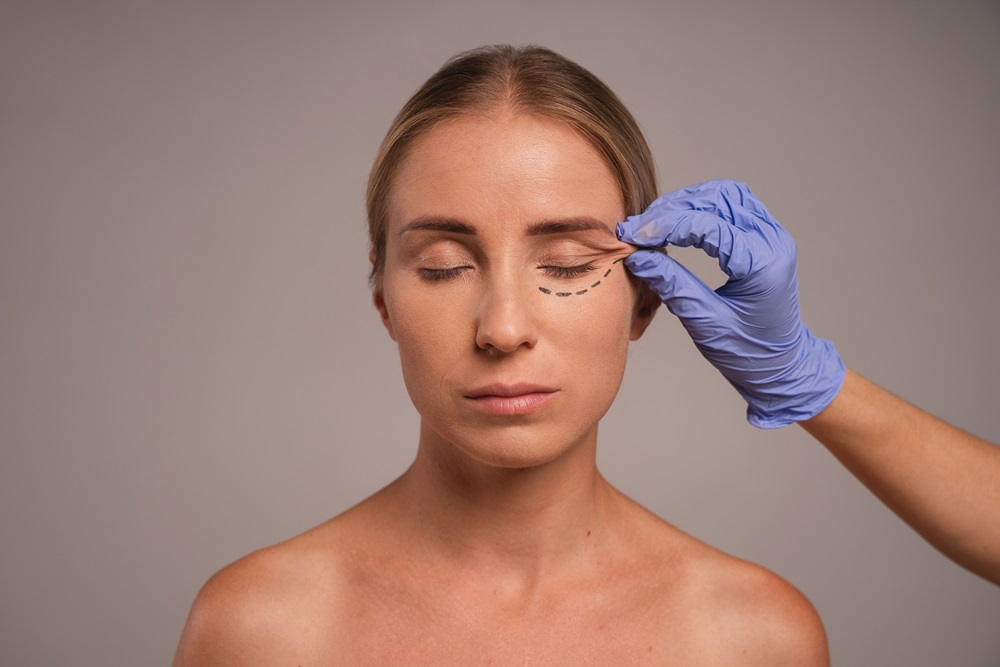
Detailed information about Blepharoplasty (Eyelid Surgery ) Turkey, Why Choose Turkey? Blepharoplasty Steps in Turkey
Blepharoplasty (Eyelid Surgery) Turkey
Blepharoplasty, or eyelid surgery, is a cosmetic procedure designed to improve the appearance of the eyelids by removing or repositioning excess skin, fat, and muscle. This surgery is popular for addressing conditions like droopy eyelids, under-eye bags, and puffiness. It's typically done for cosmetic reasons, but in some cases, it can also help improve vision obstructed by sagging skin.
Why Choose Turkey?
Turkey has become a top destination for cosmetic surgeries, including blepharoplasty, due to several compelling reasons:
-
Affordable Prices: One of the main attractions is the cost, which is often much lower than in countries like the US, UK, or Europe. Turkey offers competitive pricing without compromising quality.
-
Experienced Surgeons: Turkish surgeons are highly skilled and many are internationally trained or have certifications from reputable organizations. They are experienced in performing aesthetic procedures with excellent results.
-
Modern Facilities: The country boasts state-of-the-art clinics and hospitals that comply with international standards of healthcare. Many of these clinics have received accreditations such as JCI (Joint Commission International).
-
Medical Tourism: Turkey is one of the leading countries in medical tourism. Patients can combine their surgery with a relaxing vacation, taking advantage of Turkey's beautiful landscapes, rich history, and cultural heritage.
-
Short Waiting Times: Compared to many Western countries, waiting times for surgeries in Turkey are generally shorter.
Blepharoplasty Steps in Turkey
The process of blepharoplasty in Turkey typically follows these steps:
-
Consultation: Before the surgery, you will have a consultation with the surgeon to discuss your goals, medical history, and expectations. The surgeon will evaluate your eyelids and explain the best approach to achieve your desired results.
-
Pre-Surgery Preparations: On the day before the surgery, you'll be given instructions to prepare. This may include stopping certain medications, avoiding smoking, and arranging transportation to and from the clinic.
-
Surgery: The procedure is usually performed under local anesthesia with sedation, though in some cases, general anesthesia may be used. The surgeon makes small incisions along the natural folds of the eyelids to remove excess skin and fat. For the lower eyelids, the incisions are made just below the lash line.
-
Recovery: After the surgery, you will be monitored for a few hours before being discharged. Most patients experience mild swelling and bruising, which usually subsides within a few days. You may need to take prescribed medication to manage pain and prevent infection.
-
Follow-up: A follow-up visit is scheduled to monitor the healing process and remove stitches (if necessary). Full recovery can take a few weeks, and any noticeable bruising or swelling will gradually disappear.
Choosing Turkey for your blepharoplasty ensures a combination of quality care, skilled surgeons, and an affordable price, making it a top choice for many patients worldwide.
Blepharoplasty (Eyelid Surgery) Turkey: Before and After
Before Surgery:
-
Consultation: Prior to the surgery, you will have an in-depth consultation with the surgeon. This includes discussing your goals, medical history, and expectations, as well as evaluating your eyelids.
-
Pre-Surgery Preparation: You will be advised to follow specific pre-surgery instructions, such as avoiding certain medications (like blood thinners) and quitting smoking if applicable. You may also be asked to refrain from eating or drinking for a few hours before the surgery.
-
Photographs: Most clinics take "before" photos to document the state of your eyelids before the procedure. This helps track the results and can be used for comparison after the surgery.
-
Planning: Your surgeon will create a detailed surgical plan, explaining how they will remove excess skin and fat or reposition the eyelid muscles. This plan depends on your unique anatomy and aesthetic goals.
During Surgery:
-
Anesthesia: The procedure is typically done under local anesthesia combined with sedation, but general anesthesia may be an option in some cases.
-
Incision Placement: The surgeon will make precise incisions along the natural folds of the upper eyelids and just below the lower lashes for lower eyelid surgery. This ensures that scars are minimally visible after healing.
-
Tissue Removal/Adjustment: The surgeon will remove excess skin, fat, or muscle, depending on the patient's needs. This can be done in a way that restores a more youthful and rested appearance.
After Surgery:
-
Immediate Post-Surgery: After the procedure, you will be monitored in a recovery area. Mild swelling, bruising, and discomfort are common during the first few days.
-
Recovery Period: Most patients can return to light activities within a few days. Swelling and bruising should subside within a week, although full recovery may take several weeks.
-
Results: The results of blepharoplasty in Turkey are usually noticeable immediately after the swelling goes down, with final results becoming clearer in 2-3 months. The eyes will look rejuvenated, with smoother, tighter eyelids and reduced puffiness.
-
Scarring: The incisions are strategically placed so that scars are hidden in natural eyelid folds, making them difficult to notice once healed.
Before and After Results
-
Before: Many patients have drooping eyelids or puffy bags under the eyes, creating a tired or aged appearance. The excess skin can also impair vision in severe cases.
-
After: The eyelids appear firmer, smoother, and more youthful. The surgical removal of excess skin and fat rejuvenates the eyes, making the face look fresher and more rested. Patients often report a more confident, vibrant appearance, and in some cases, improved vision due to reduced skin sagging.
The transformation can be quite dramatic, with patients seeing both aesthetic and functional improvements, especially in cases where eyelid sagging interfered with their vision.
Detailde information for Blepharoplasty procedures
Revision Eyelid Surgery (Blepharoplasty) Patients Before & After

